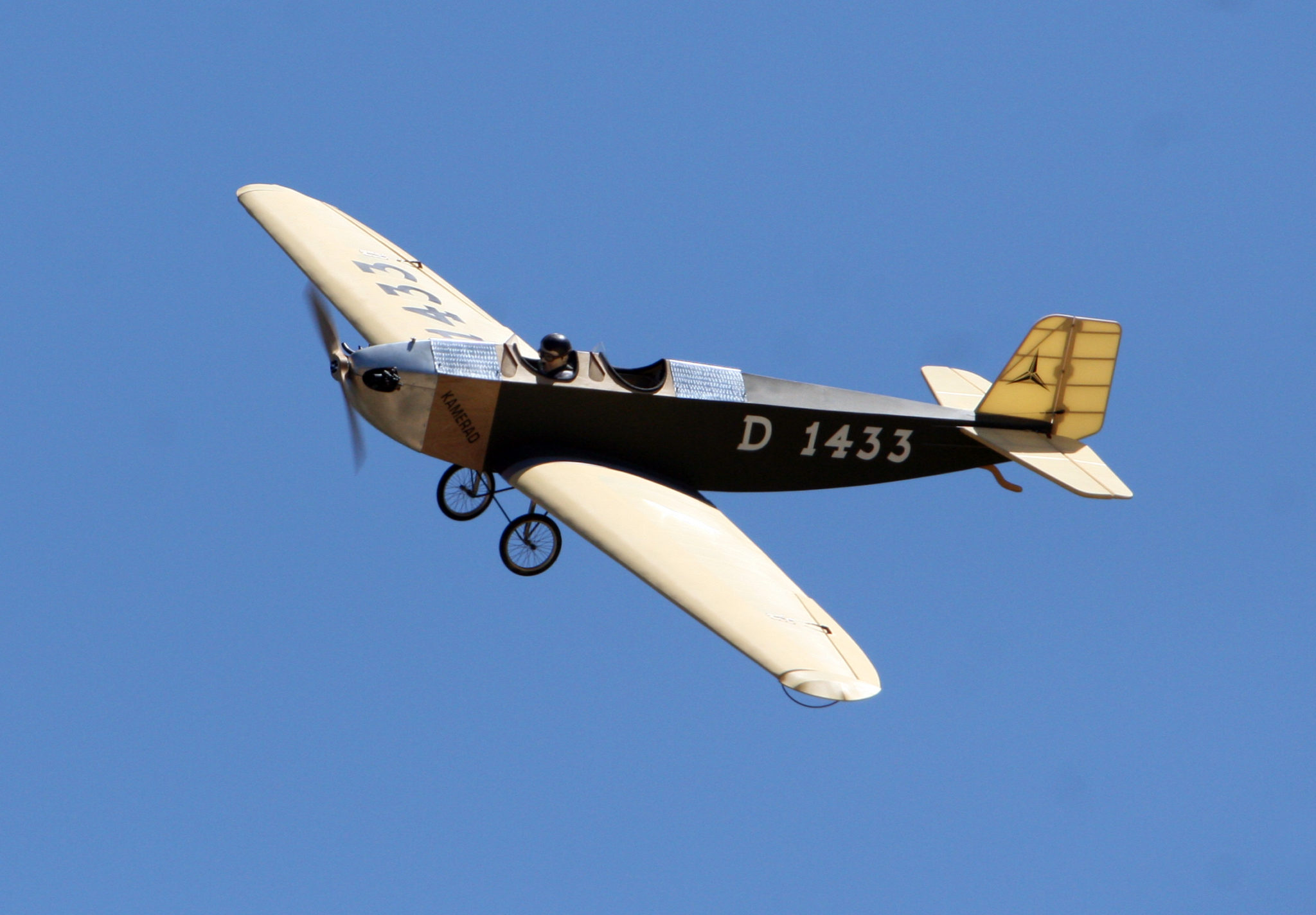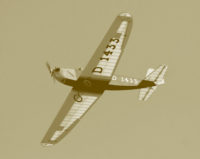|
As a young boy from the age of 4, I lived for every moment working in the garage. Learning the secrets of model building from my father, a master builder, has carried me through a life long hobby. Today, I build both sport and scale models for customers, even one for myself once in awhile. Using modern tools such as a computer designing for CNC milling, I’m able to build very accurate and detailed models. Using vinyl cut stencils for painted markings, my graphic background gives my projects a professional finished look. After two years of distraction, I found my way back to the workbench. My first building project was a model I stumbled across of which I knew nothing about. Upon extensive Internet research I discovered that I had a piece of aviation history, a story many have never heard. The aircraft was designed by Daimler’s chief constructor Hanns Klemm in 1923. The aircraft is known as the Klemm-Daimler L-20b1 and was one of the first cantilevered low-wing aircraft of its time. In fact, with a high aspect ratio, a very low wing loading and a very small engine (a Daimler of 20 HP), it would probably today be called a motorized glider rather than an aircraft. |
|
In May 1928, Friedrick Karl Baron von Koenig-Warthausen (the “Baron”), a 22 year old lad with the assistance of his parents, purchased a Klemm L-20 aero-plane (type L-20b1 #D-1433) with the Daimler 20 HP motorcycle engine. With 5 hours of flight instruction, he used his new plane to obtain his pilot’s license. His plane became his comrade and was thus named “Kamerad”. President von Hindenburg created the “Hindenburg Cup” to be awarded to the amateur pilot completing the best sporting flight of the year. The Baron decided to compete for this honor by flying from Berlin to Moscow. From Moscow, he was pleased with his success and decided to continue flying east. Today the Baron is known for the “First Solo Flight Around the World”, with ocean crossings done by boat. |
|
In July of 2006, My wife and daughter went on a 7 day vacation to New York City, I was free to do a marathon building session. All building material needed was collected prior to the build and was hoping to complete it for the “San Diego Spring Fling 2006”, I had less than 3 weeks for the build. While the family was away, I got a great start on the Klemm with many 12 hour build sessions. The kit was a set of CNC stainless landing gear brackets and a molded cowl, the remainder was a large box of un-cut quality spruce and balsa. There were no plans and the instructions were in German. |
|
The pre-bent wire landing gear was non-scale and not acceptable; a shock/tube gear was designed much like the real thing. Researching and designing the 20HP dummy engine took much of a day. I was bit by the scale bug and the details seemed to never end. From the pull-pull wires, detailed instruments, the laminated tail skid and much more, my deadline was coming near. The airframe was covered with SolarTex iron cloth, using 15 yards of olive drab and antique white. Without the need to paint, much time was saved and I quickly got back on track. The lettering details were done with stencils and automotive paint. |
|
In less than 180 hours I had completed the Klemm, but to fly it I needed a maiden flight under my belt, for the “Spring Fling 2006” time had ran out. Early Sunday morning before the event, I was able to get 2 successful flights on the Klemm, but didn’t feel comfortable flying the last day of the event. The motor is an old Astro 90 brushed cobalt with a 50 amp controller. The batteries are the new Emoli 3000mAh Li-Ion’s from 28V Milwaukee tools. At half throttle, my flight times are around 10 minutes. Landing is pretty much hands off with a long rollouts. On a side note- the first full-scale Klemm used wing tip ailerons only and proved to be unstable for flight. Conventional ailerons were later added for more stability. I have not been able to document the effects, but I can say that it does effect the yaw at very low speeds. |


